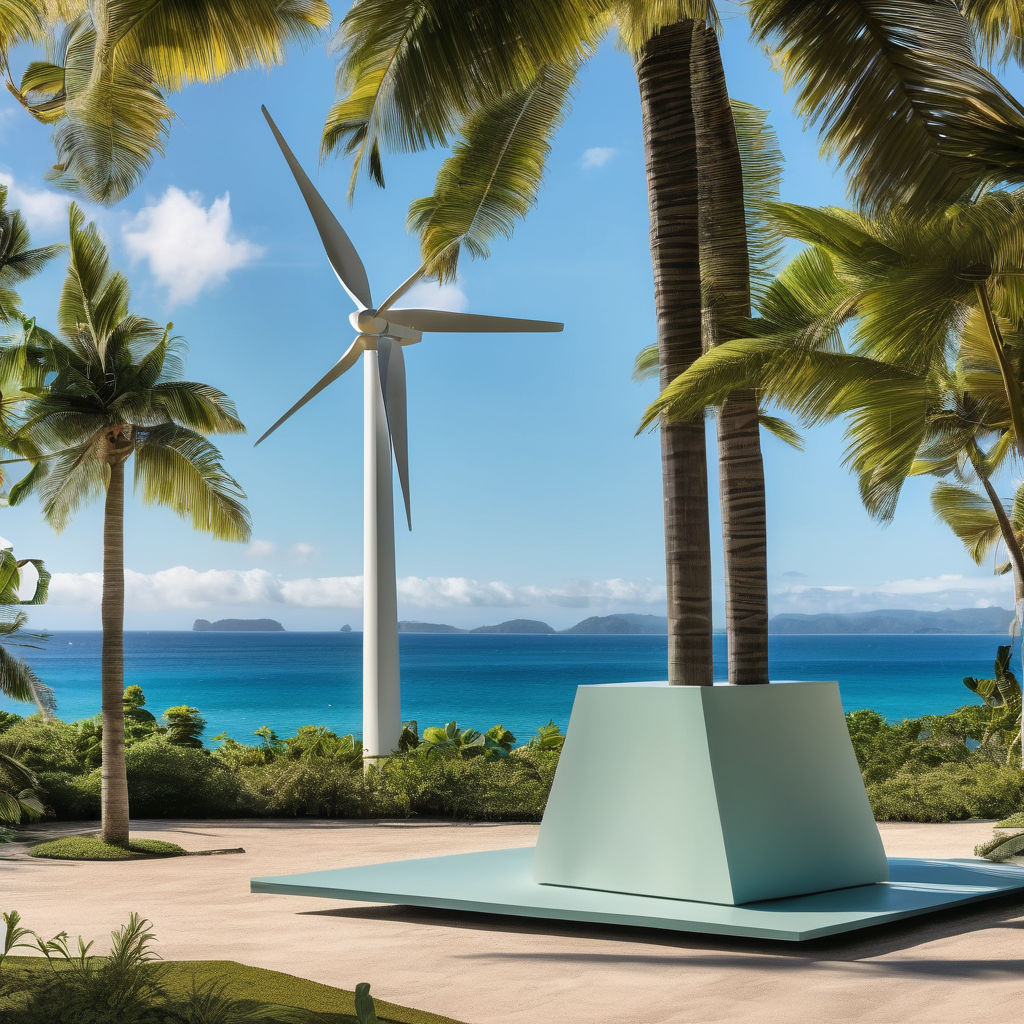Fiji has made a remarkable stride as the first Pacific Island nation to host the Land Art Generator Initiative (LAGI) design competition. The LAGI 2025 Fiji Exhibition was launched this week by the Fiji Arts Council, marking a historic moment for both the nation and the artistic community.
The exhibition was inaugurated by Deputy Prime Minister and Minister for Tourism and Civil Aviation, Viliame Gavoka, who emphasized the significance of blending art, culture, and renewable energy. This event showcases innovative design concepts aimed at reimagining the integration of clean energy into Fiji’s natural and cultural environments.
Gavoka underscored that the exhibition reinforces Fiji’s pivotal role in global discussions centered around climate resilience and sustainable design. He highlighted the importance of creative industries, stating that they play a vital role in advancing solutions to environmental challenges. “This exhibition demonstrates how renewable energy systems can not only power our future but also reflect our cultural identity and respect for the environment,” he stated.
The concepts displayed at the exhibition align with Fiji’s National Sustainable Tourism Framework, which focuses on sustainable practices and community-led innovation. Gavoka noted that the LAGI designs adhere to these standards and support the government’s initiative to drive tourism growth while simultaneously protecting ecosystems and enhancing climate resilience.
The LAGI 2025 initiative continues to demonstrate Fiji’s commitment to creative sustainability. By positioning art and design at the core of the nation’s clean energy transition and cultural storytelling, Fiji sets a precedent that other nations could emulate in integrating art with ecological responsibility.
This exhibition not only raises awareness about sustainable design but also showcases the potential of creative solutions in addressing climate change. Such innovative approaches are essential as Fiji seeks to enhance its international leadership role in climate action and sustainability, thus providing a hopeful narrative for both island nations and the global community at large.
